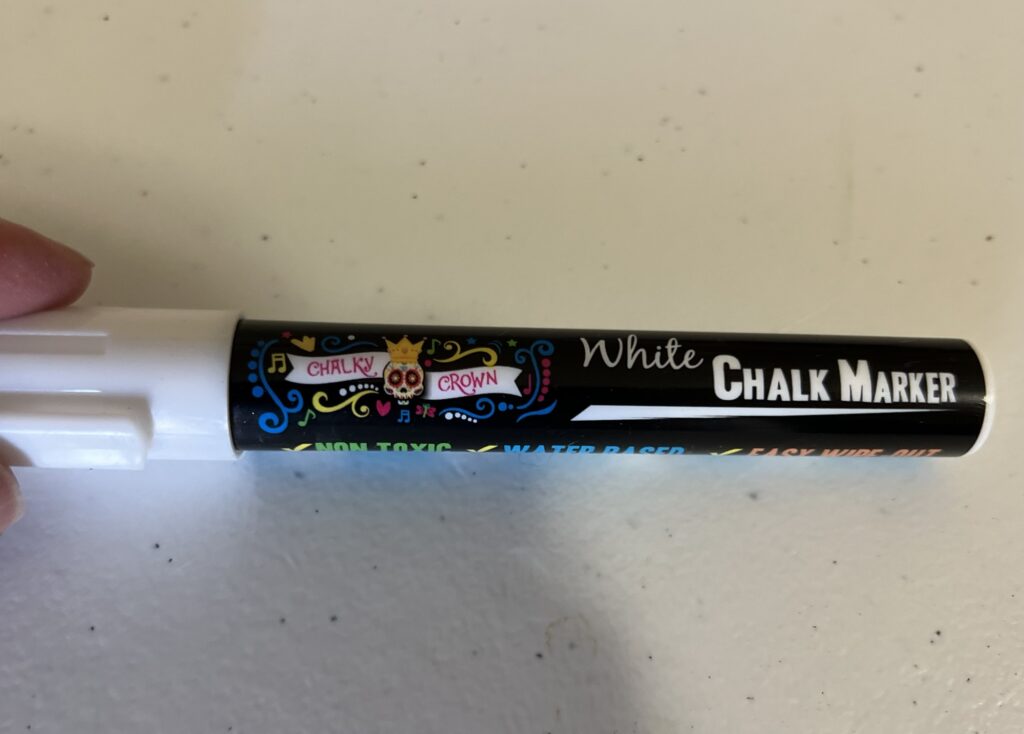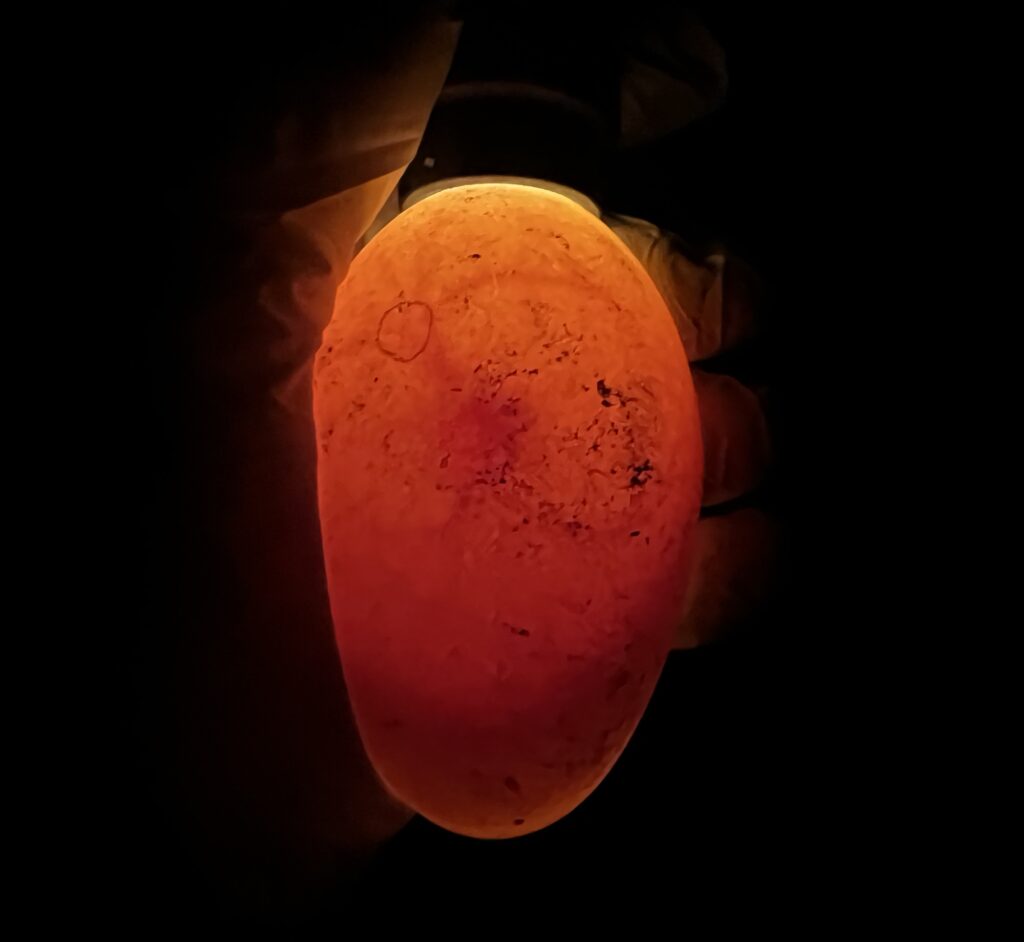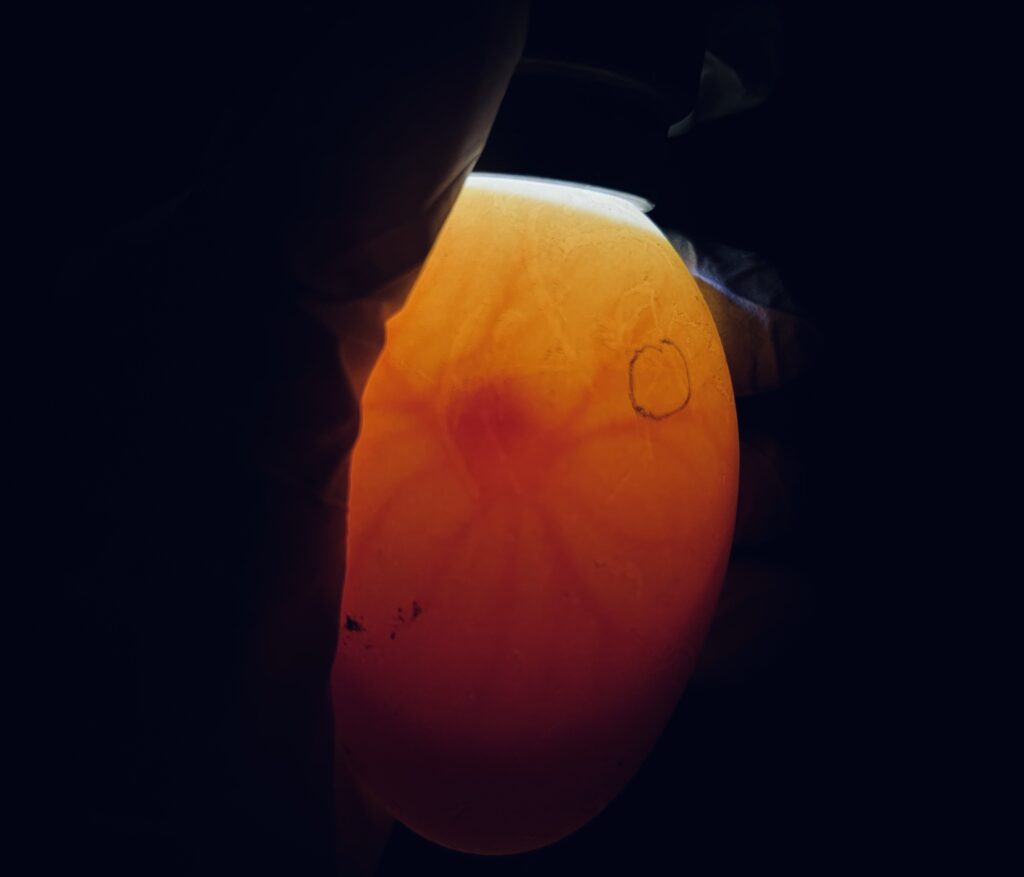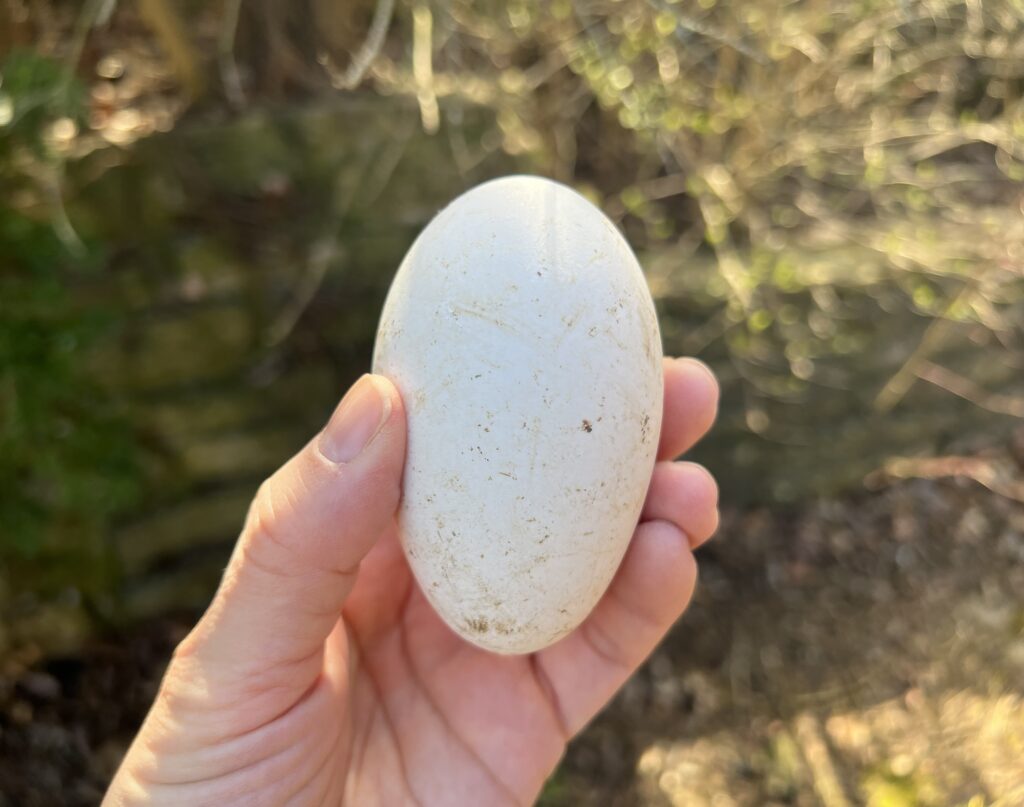
Daffodils blooming, robins sparring, and buds appearing on trees are usually sure signs that spring is approaching…and so is the first goose egg. Now that more geese are laying, I’ve been able to set the first group of the year!
“Set and forget” goose eggs are not. While there are apparently automatic turners available for certain models of incubator, I stick to the manual method: hand turning those precious orbs three times a day, taking care to ensure that (1) I turn them in different directions – check out my helpful magnet arrows – each time and (2) I make a full 180 degree rotation. I handle the eggs with gloves to ensure that I don’t leave any oils or other matter from my hands on the eggs, and that turning is done carefully to avoid fumbles.
I use my trusty styrofoam (though I would prefer they be constructed of a more environmentally-friendly, durable, and easily-cleaned material) incubators because of their capacity and the distance from the floor of the incubator to the heating element – those goose eggs are big. Of course, it takes a lot of elbow grease to thoroughly clean one of my styrofoam incubators after a waterfowl hatch because it is a messy business.
At the first candling, I was able to collect some important data about the fertility of the eggs – just a few did not develop and appeared to be “clears” (non-fertile) versus “blood rings” (where development initiated but stopped at some point). Pilgrims have a reputation for low fertility – some hatcheries and breeders have indicated rates as low as 50%. We typically see much higher rates, but fertility does seem to wane at the end of the season.
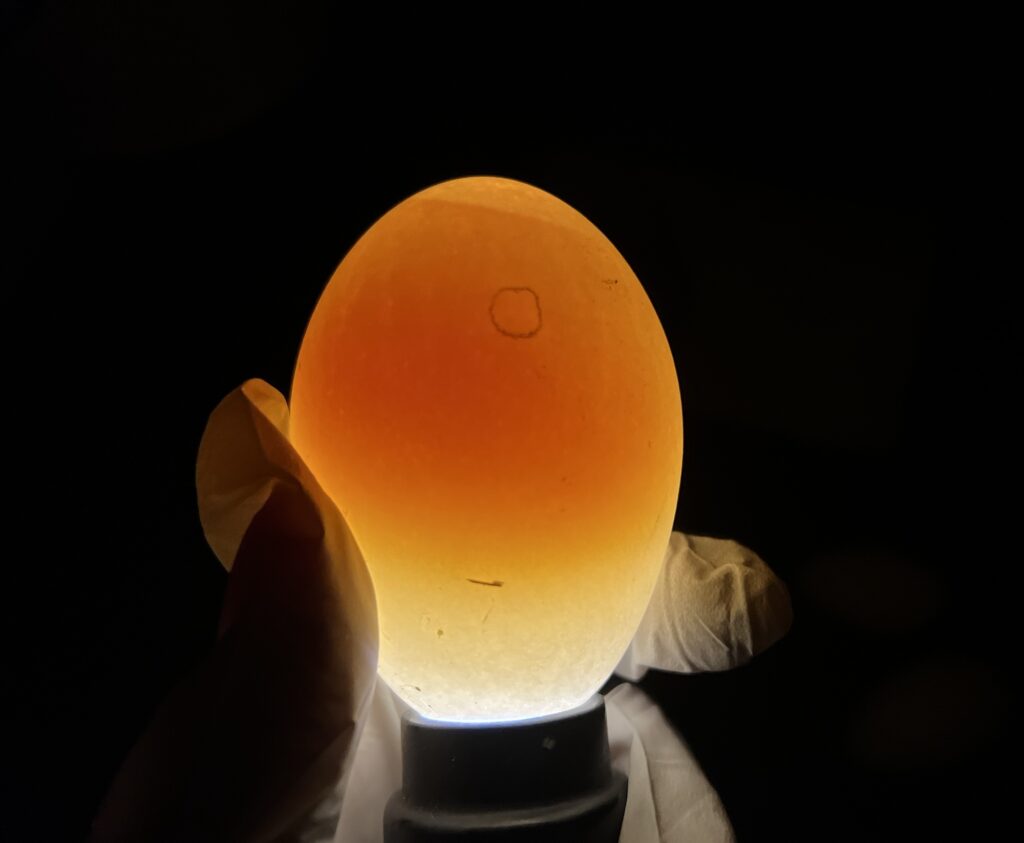
Because goose eggs have light-colored shells, it’s usually easy to tell if they’re developing. The embryos and their developing network of blood vessels are clearly illuminated by a bright candler, which is a welcome change from the guesswork involved with candling very dark egg (like Black Copper Marans) or blue-shelled eggs (like Lavender Ameraucana) and some olive eggs. Frankly, I’ve encountered some eggs from those breeds that are practically impossible to see into.
After the first candling, the “misting and cooling” process begins. This mimics how a broody will dampen her breast feathers and then settle down onto the eggs, as well as the periods of time she leaves the eggs to forage and bathe. It’s thought that spraying the warm eggs (fresh out of the incubator) with warm water helps the moisture in the eggs evaporate, and I faithfully follow this process when incubating waterfowl eggs. It also allows me some “quality time” with the developing goslings, during which we enjoy classical music selections (always playing, but probably difficult for them to hear over the hum of the incubator fan) and I talk to them so they’re familiar with my voice.
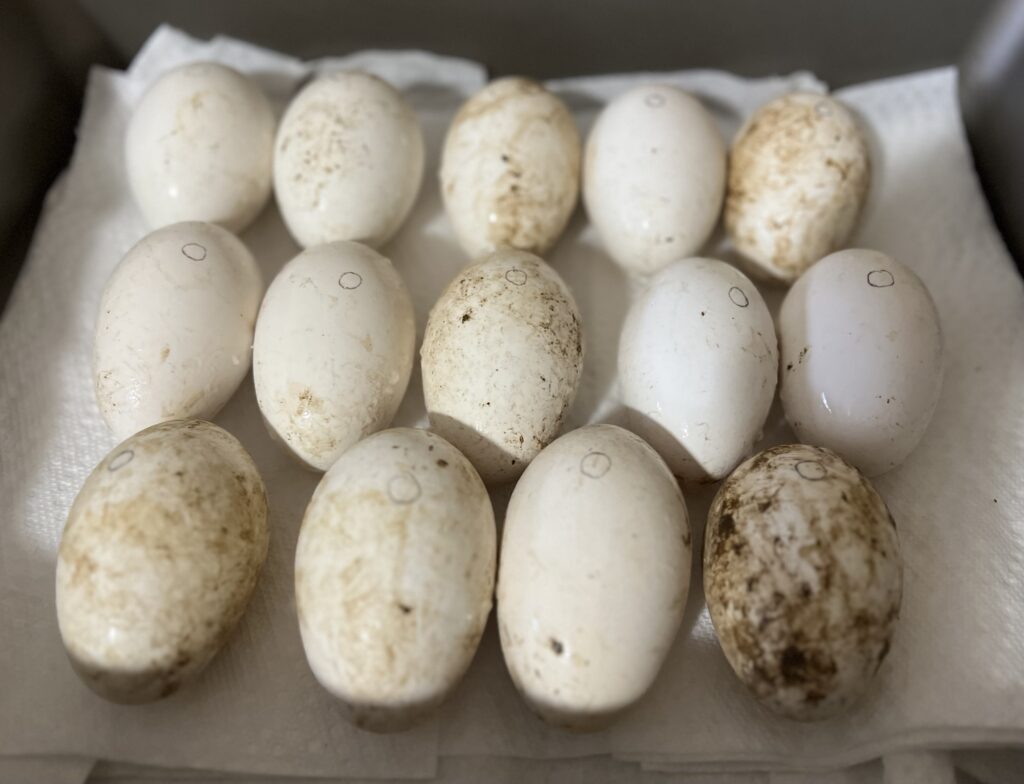
As of today, the eggs are nearly halfway to hatch. Second candling photos don’t show much more than the first candling ones do, except that the bottom half of the egg has become filled with a dark shadow – the gosling. When the bright candling light shines in at them, they will sometimes flutter as if they’ve been disturbed (who turned on that light? So rude!).

In about two more weeks, the first goslings should be here. I’ll get them started on fresh grass clippings and maybe even take them for walks on pasture before they go to their new homes. It’s hard to let them go, but I know they’ll be working as dedicated lawnmowers and alarm systems, and working animals do best when they have jobs. And trust me, geese will get into mischief if they’re not productively occupied.
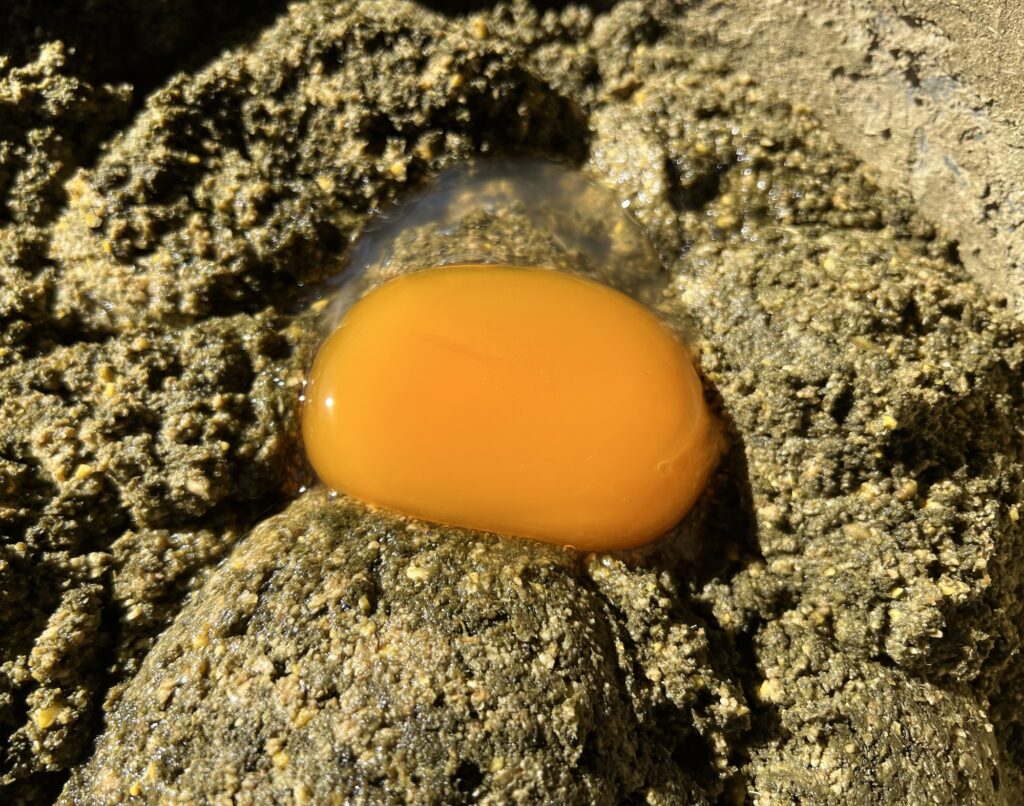
Look for another update after the hatch. Goslings will be here soon!


